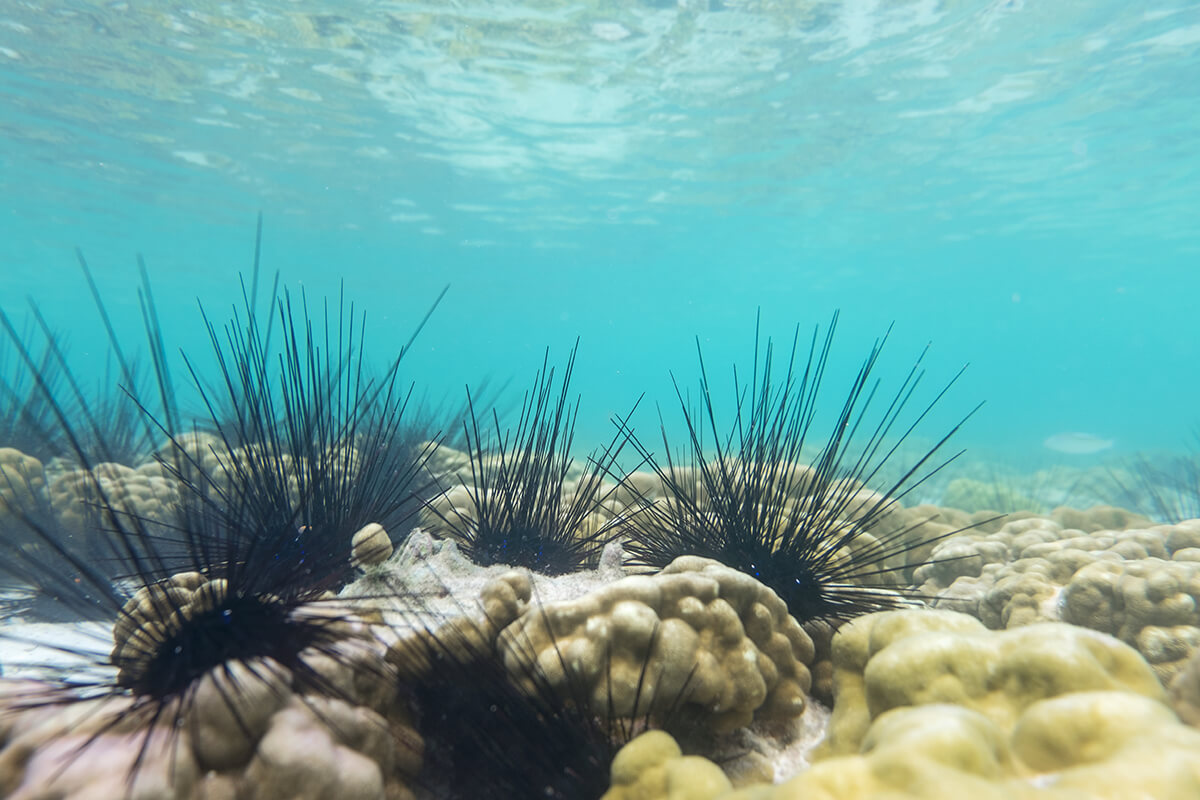The Ultimate House Viewing Checklist for Buyers
06 Jan
Please wait...
20 May

According to sources, sea urchins are dying across the Caribbean Sea at an alarming pace. Scientists and divers alike have noticed a decline in the population around Antigua, St. Lucia, Dominica, Jamaica, St. Vincent, Saba, the U.S. Virgin Islands, and Cozumel in Mexico. The last massive loss of urchins was in 1983 and that decline almost wiped out the population. In fact, 90% was unfortunately lost.
At first, the only sea urchins affected were the black sea urchins – Diadema antillarum. They are the urchins that are easily recognized by their long spiny spikes. But since scientists have been keeping track of the decline, they rock boring sea urchins and the West Indian sea eggs.
In a scientific collaboration to improve the coral reef conditions in the region, marine biologist and program director of the Atlantic and Gulf Rapid Reef Assessment had this to say.
"It's very concerning, particularly because it's happening so quickly," said Patricia Kramer.
All over the Caribbean, divers and researchers see floating sea urchins, the ocean floor littered with dead and decaying urchins, urchins with droopy pines, and still others with their skeletons poking through their bodies.
About the Black Sea Urchin
The black sea urchin has a shell-like structure, similar to other sea urchins- the length of its spines makes them different. You see, most sea urchin spines are 1–3 cm. The spines of the black sea urchin are usually 10–12 cm long and may grow as long as 30 cm!
These creatures live in 1 - 10 meters of water along coral reefs. And they are pretty sensitive to light, so you will often see them in cracks and crevices, where it remains dark.
What is Causing the Decline?
The cause of the decline is not fully understood yet. With the improvements in technology since the 1980s, scientists are hoping to better understand the issue affecting these creatures. However, overfishing across the Caribbean had led to an over surge in macroalgae, making the loss of urchins an even more drastic issue.
It is imperative that the work of the Atlantic and Gulf Rapid Reef Assessment and the more than a dozen groups in the Caribbean and U.S. continue their vigilance in understanding what is happening to the urchins. Stopping the decline before it reaches the levels of the 1980s is essential, considering the populations were just beginning to recover.
Why Sea Urchins Are Important to the Caribbean
You may not have ever known, but the sea urchins in the Caribbean Sea remove macroalgae. When the macroalgae are consumed by the urchins, it makes room for the current coral populations and the future generations of coral to attach to the rocks and flourish.
Those coral reefs provide protection from hurricanes, storm surge, rising sea levels, and the effects of global warming. Not to mention, they are a large part of the attraction for vacationers to the Caribbean.
It is no secret that the Caribbean supports so much sea life, coral, and plant life. These biodiverse species are all interdependent on one another- it is all a delicate balance.
The Caribbean needs people willing to report dying and dead urchin populations. Hence, scientists can track the devastation and assess the damage.
Our coral reefs are already so fragile that the loss of the region's reefs would cause catastrophic damage to the sea life and the islands themselves.
CITED: scubadiving.com, thecaribbeannewsnow.com, cbsnews.com, journalgazette.com, viconsortium.com